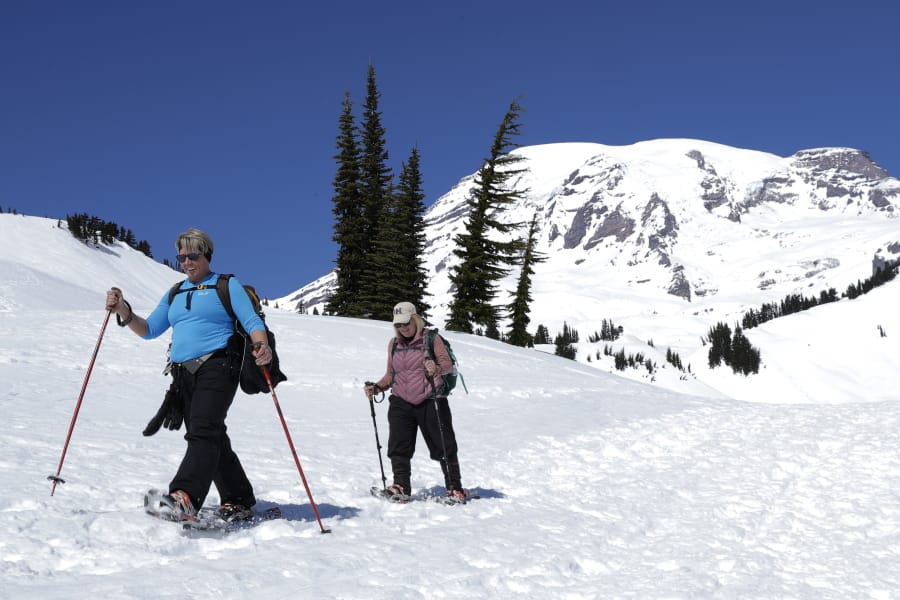SALT LAKE CITY — Most national parks are open as a refuge for Americans tired of being stuck at home during a pandemic, but despite now being free to visit, people may find it more difficult to enjoy them as parks close visitor centers, shuttles, lodges and restaurants to fight the spread of the coronavirus.
Parks are trying to keep up with ever-changing rules and recommendations from government officials who are urging people to avoid gathering in large groups but allowing them to get outside for fresh air and exercise as long as they keep away from others.
The National Park Service says it’s adhering to the latest guidelines from the White House and Centers for Disease Control and Prevention, vowing to keep outdoor spaces open while giving park superintendents the power to close or modify operations.
Interior Secretary David Bernhardt this week temporarily waived entrance fees at national parks, monuments and wildlife refuges to make it easier for people to get outdoors and “implement some social distancing.”
“Getting out into the wilderness is perfect for what we call the ‘shack nasties’ — being cooped up inside your home,” said Trish Jacob, an employee of a backcountry guiding company near Rocky Mountain National Park.
But not everyone is on board with the idea of people descending on parks and their gateway towns to escape the virus.
Making parks free will lead to overcrowding and put staffers and visitors at greater risk of being exposed to the virus, according to a group representing park service employees.
“It is irresponsible to urge people to visit national park sites when gathering at other public spaces is no longer considered safe,” said Phil Francis, chairman of the Coalition to Protect America’s National Parks.
A hospital in Moab, Utah, also has implored state officials to slow the flow of people coming to see the red rocks and unique formations at Arches and Canyonlands national parks over fears the facility couldn’t handle an outbreak. In response, officials this week limited hotel stays to people in town for work and banned dining in restaurants.
Nationally, parks are devising ways to stay open while keeping people safely apart and trying to ensure employees stay healthy. Many closed visitor centers, museums and entrance booths while rangers are stationed outside to field visitors’ questions.
Though rangers are working, some parks warned people to be extra cautious, especially in places with wintry weather, because resources are strained amid the pandemic and rescues may be more difficult.
Zion National Park in southern Utah halted shuttles used by most people visiting its red rock vistas nestled in a narrow canyon. Tourists now must wait for limited parking to free up. Grand Canyon National Park also stopped its shuttles and closed its restaurants.
In Northern California, visitor centers at several destinations managed by the park service, such as Muir Woods National Monument, Alcatraz Island and the Golden Gate Bridge, are closed. Yosemite National Park closed its campgrounds.




